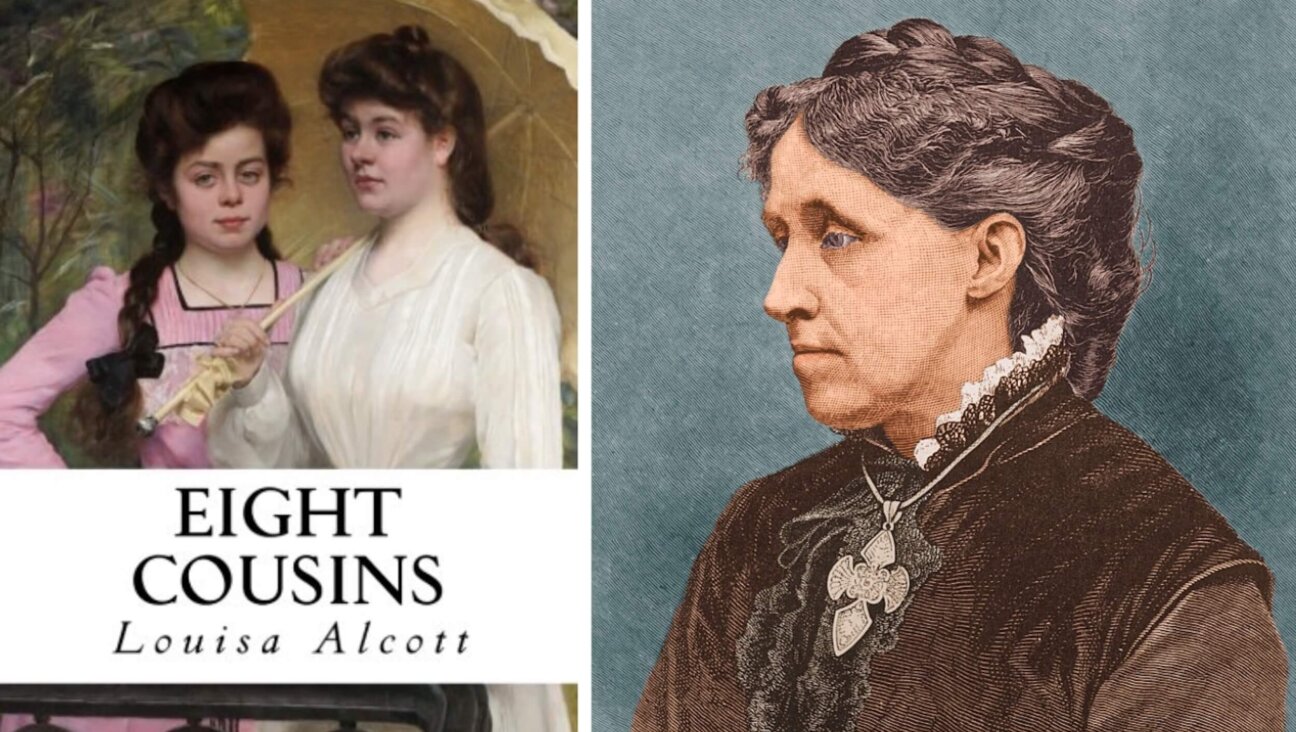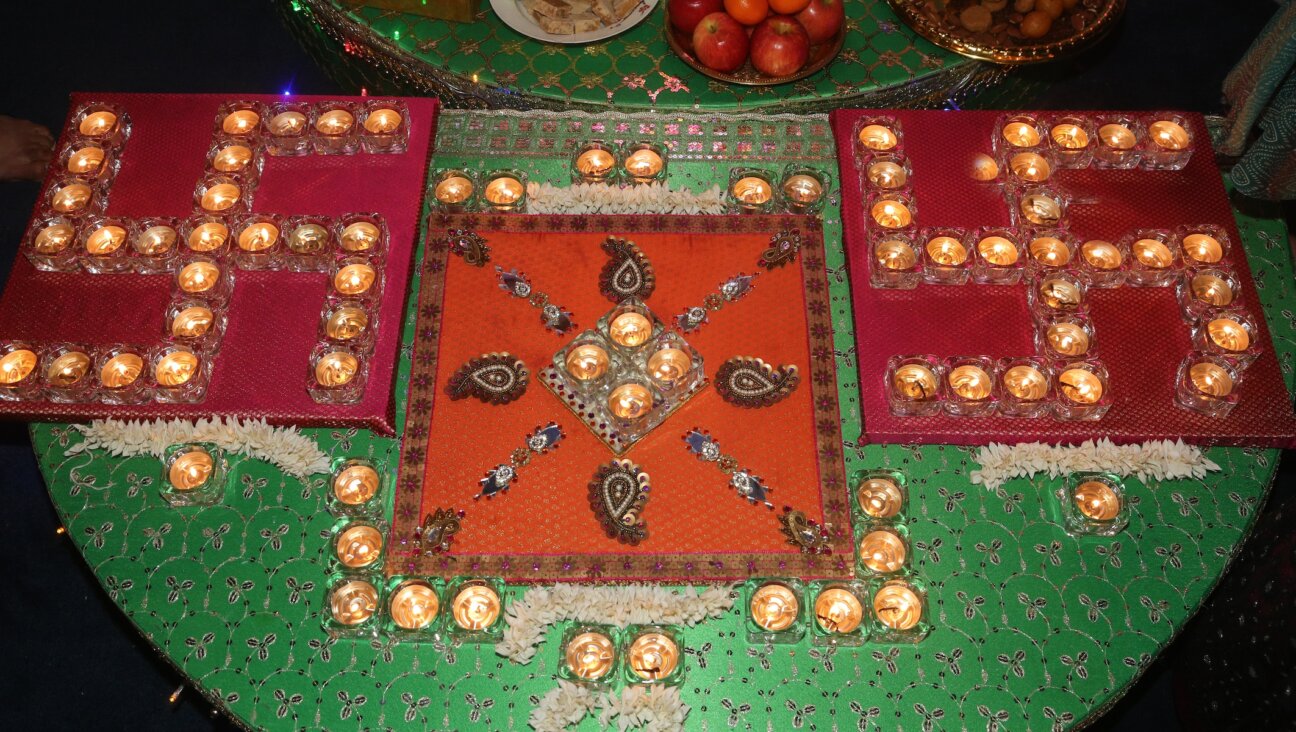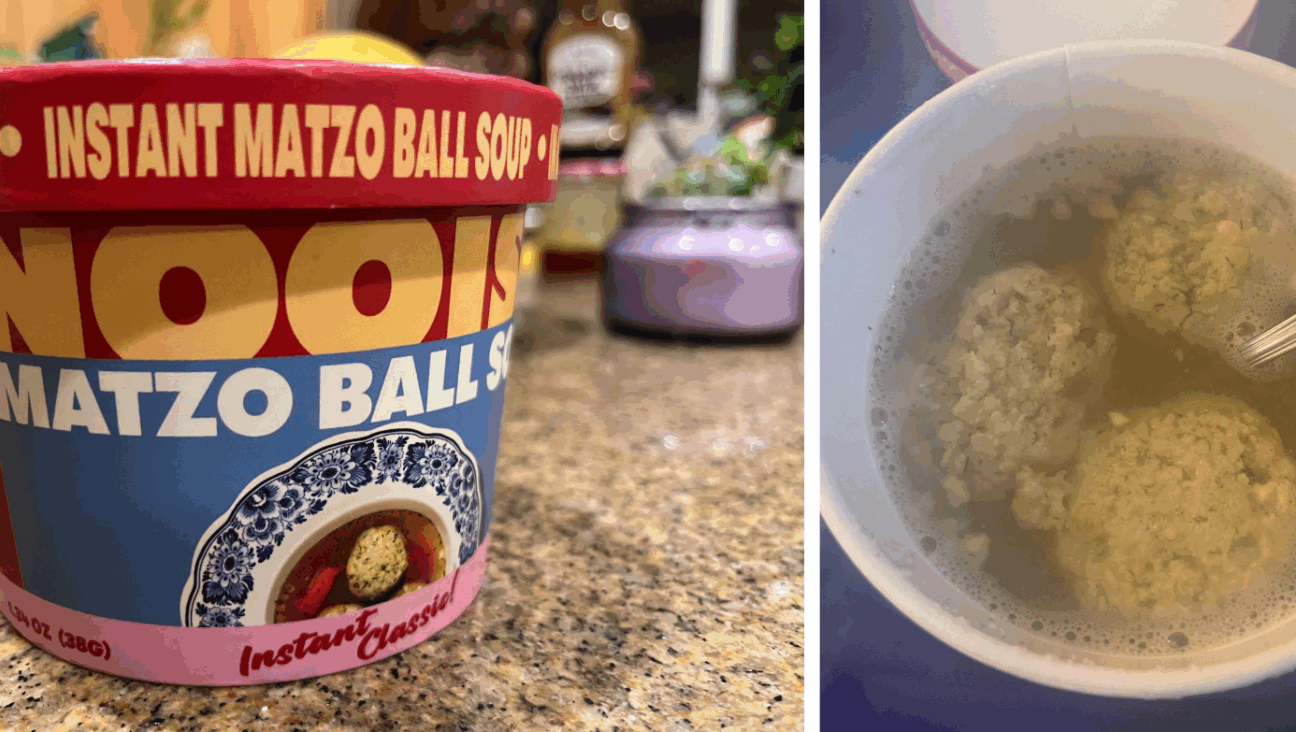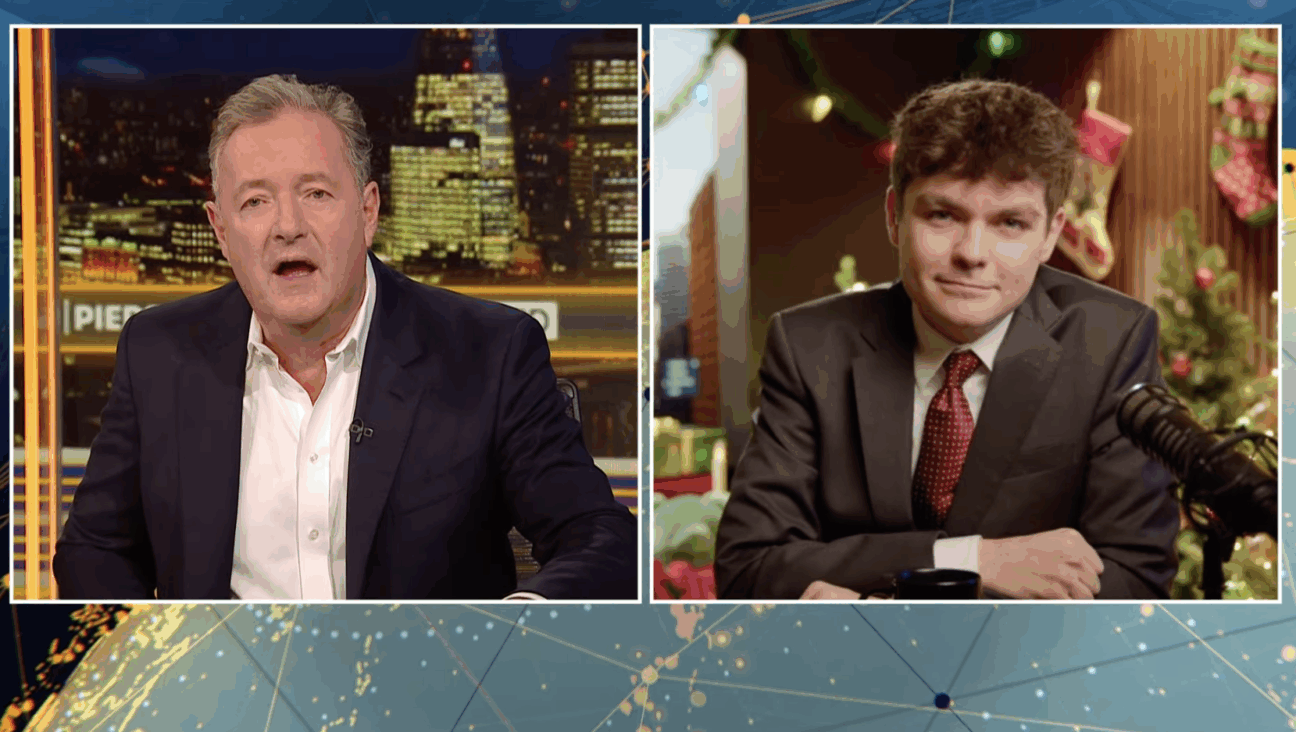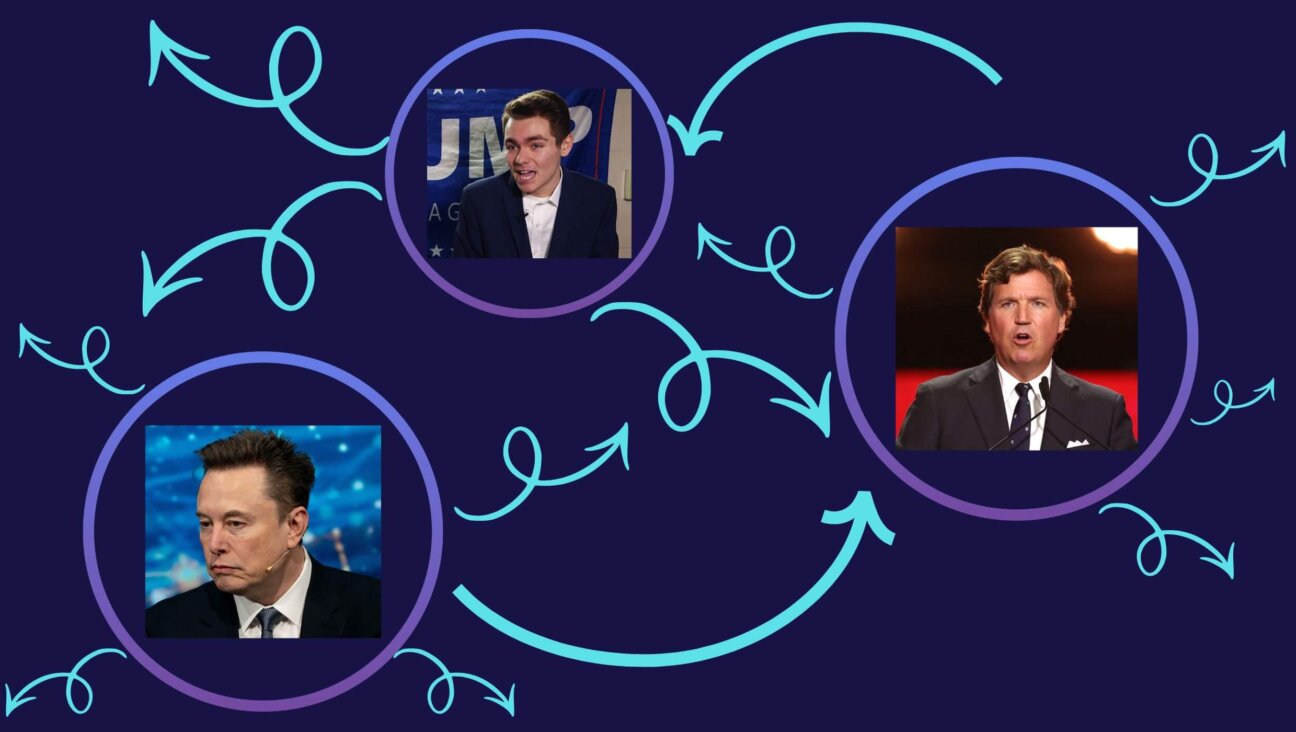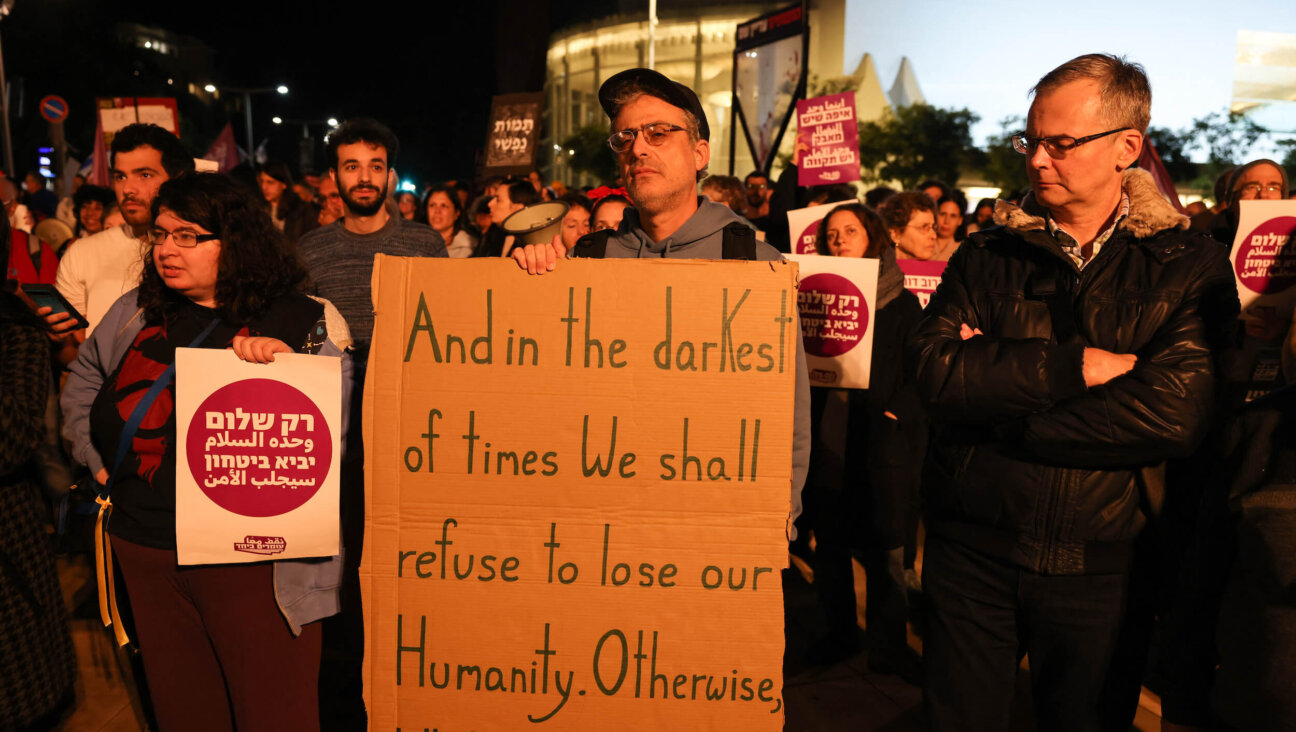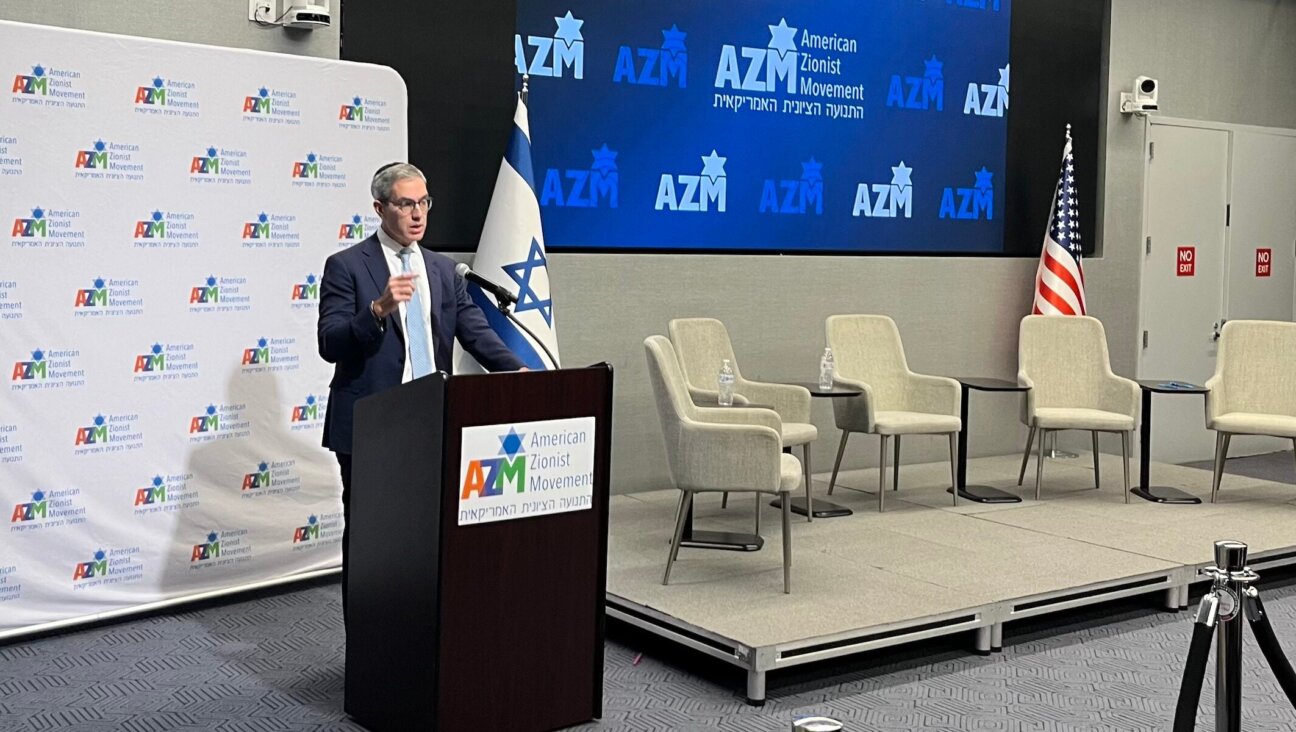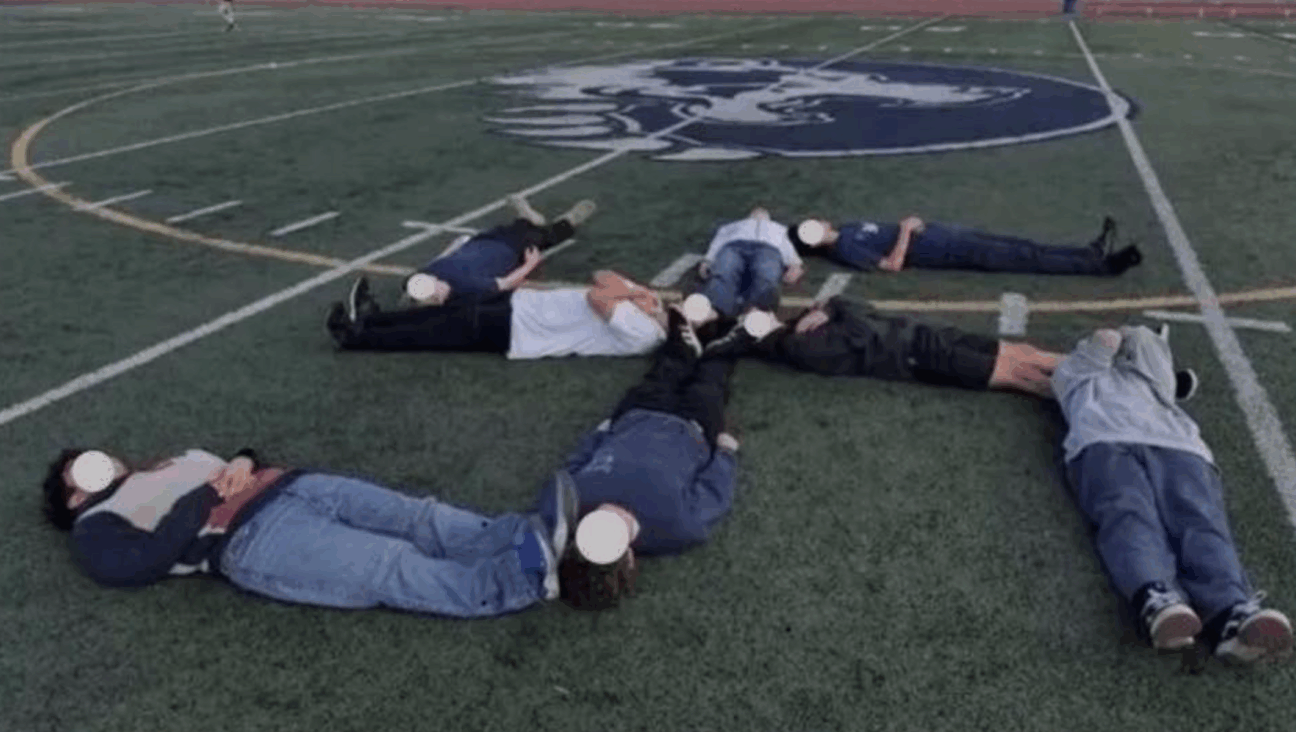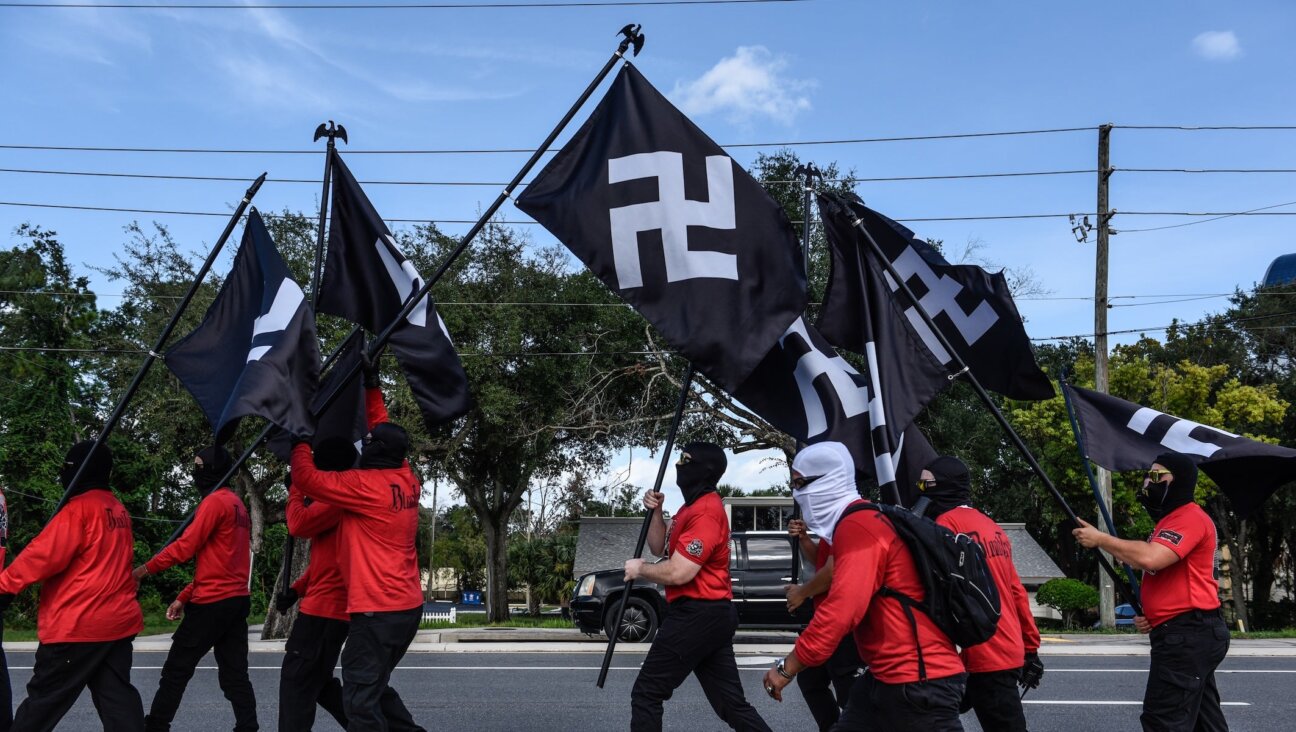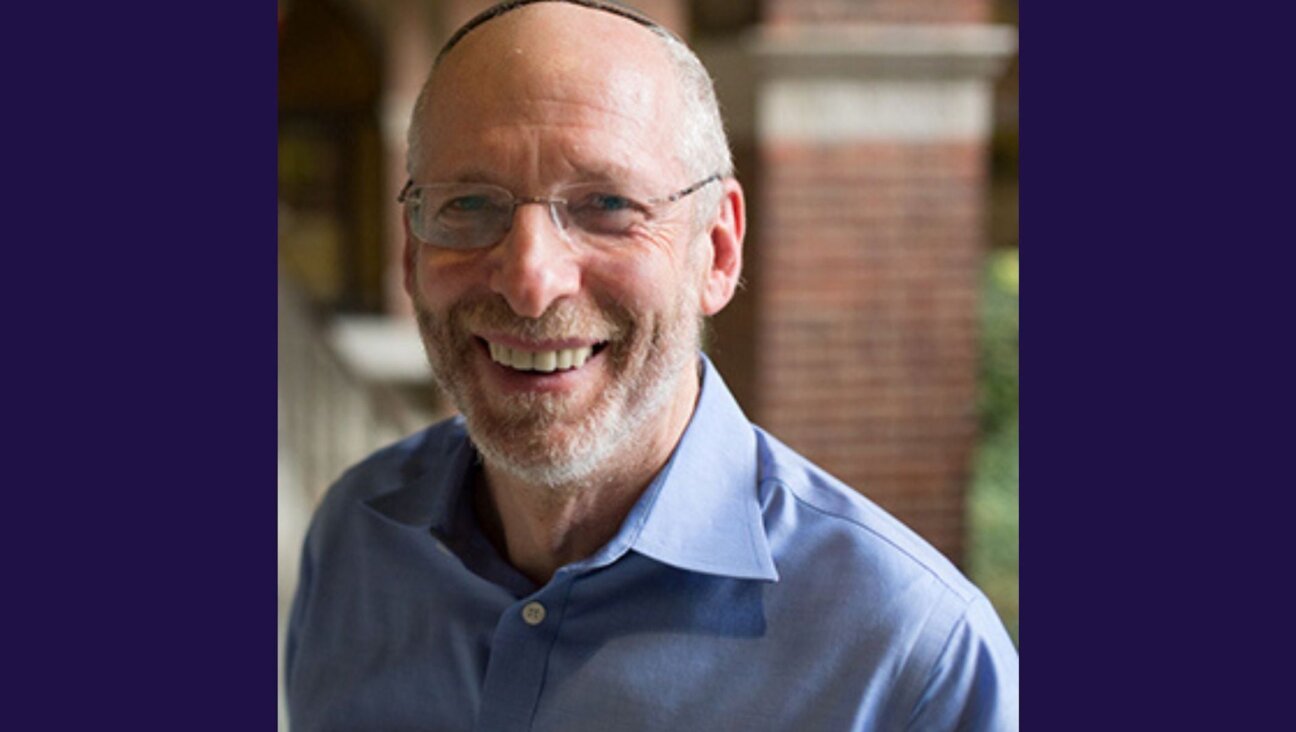The Jewish way to tell a toddler about a dead dog
The passing of a beloved pet was an occasion to consider life
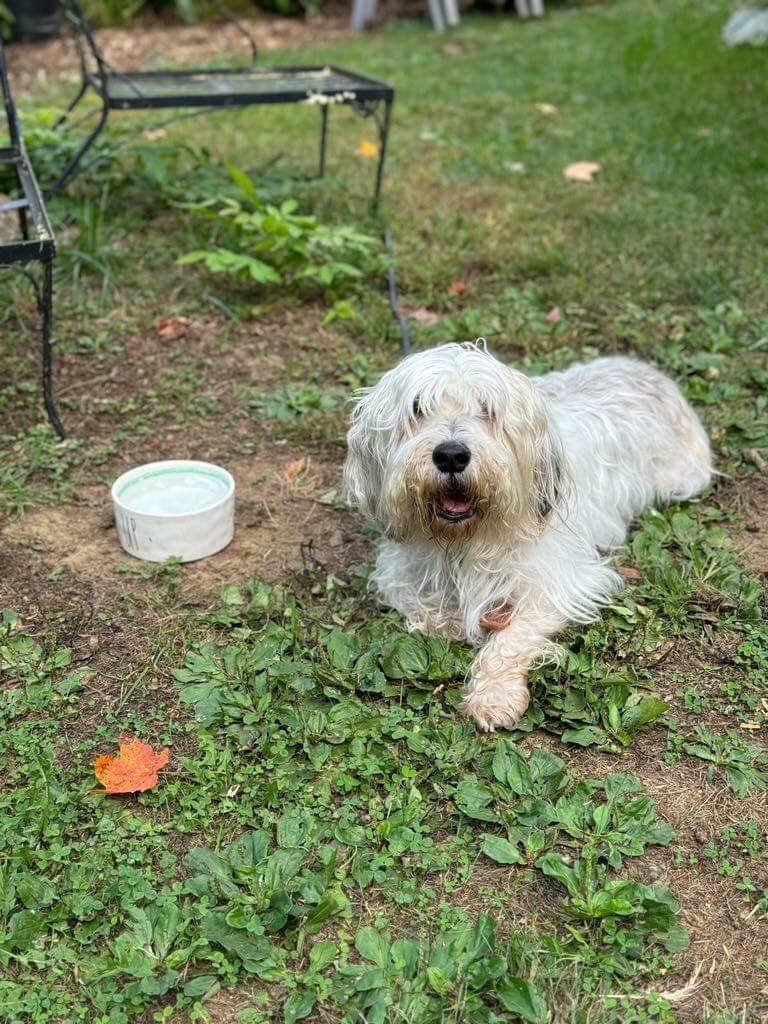
Odie, in a pensive mood Courtesy of The author
A few weeks ago, we had to put down Odie, our family dog. He had been sick for some time. It was sad, but the merciful thing to do. A bigger concern was what to tell my almost 3-year-old niece.
My sister tried to explain. My niece, not quite getting it, wanted to know “how he gets the dye off him.”
When we came to my parents’ house for Yom Kippur break fast, the gates that kept the dog out of the family room — and that my niece could spend hours opening and closing — were gone. My niece told my girlfriend, “Odie doesn’t live here anymore.”
Death is a tough subject for kids, as a classic Sesame Street episode, addressing the passing of Mr. Hooper (Will Lee, heard here singing in Yiddish) attests. In a specifically Jewish context, it’s of course come up before. During and after World War II, Jewish academics in the United States had deep discussions about what, exactly, to tell young people about the Holocaust.
Miriam Udel’s new book, Modern Jewish Worldmaking Through Yiddish Children’s Literature, shows how scholar and author Yudel Mark thought about this question. He believed the best course of action was to tell the truth. In doing so, he feared he’d “sinned against child psychology.”
“There’s an awareness that there is a field devoted to children’s wellbeing, and that, in general, that field has made everyone aware of children’s vulnerability and, to some extent, fragility,” Udel told me in a recent interview. In the end Mark decided “it was worth overriding that concern in order to, as he says, ‘Take our children as partners in our harsh fate.’”
The methods children’s writers deployed were varied. Some addressed life in the ghetto, deportations and death squads and others acts of resistance — what Mark called a necessary “element of heroism.” One story, by Szyfra Werber, follows the journey of a tear shed by a young boy about to be transported to a camp. The tear appeals on behalf of the boy’s family to authorities in London, Washington, D.C., and Moscow. She’s ignored.
By now the corpus of Holocaust literature — for kids admittedly older than my youngest niece — is well established. Oct. 7 has its own growing bibliography, opting in its accounts for a streak of heroism favored by Mark. There are, naturally, many books about Gaza, too, and many parents are now wondering how to describe events there to their young ones.
I don’t envy my sister having to one day broach these topics. Their PJ Library subscription has provided ample material on Jewish life, all of it completely unrelated to pogroms and violence — as it should be.
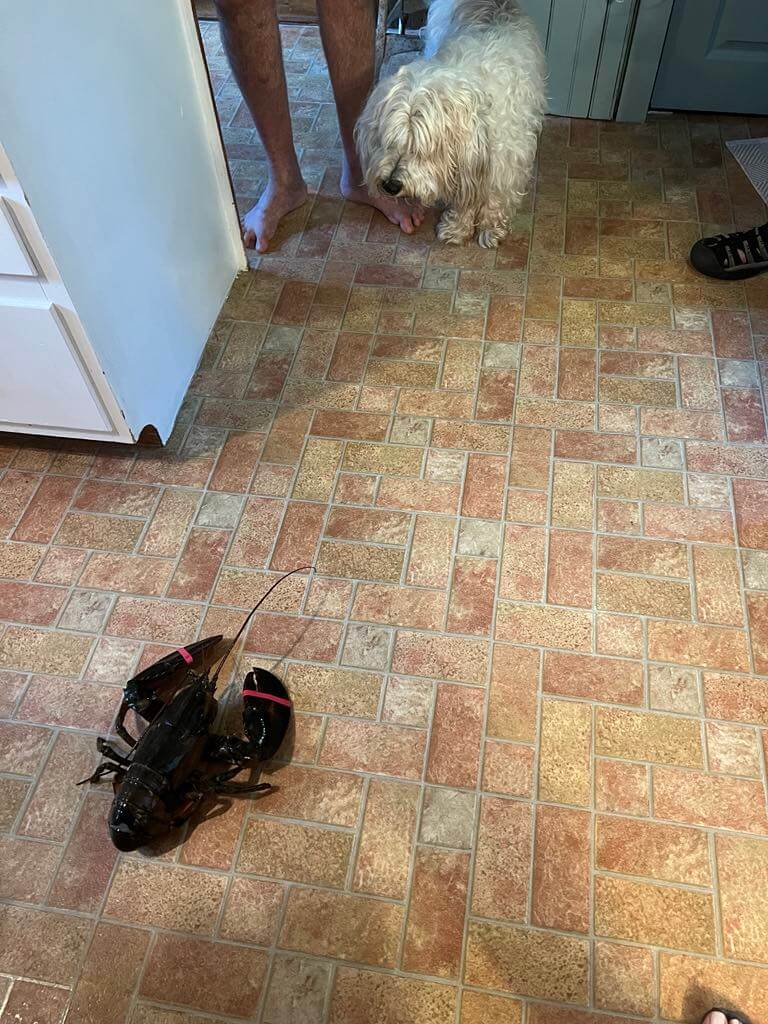
Mark’s conception of the “cruel fate” of Jewish life, while understandable for his time, is more pessimistic than what ultimately came into the Yiddish canon, and is now abundant in English: a focus on what Udel calls the “rhythms of Jewish time,” educating young people about holidays like Shavuot.
“The overarching goal is to create literature that is going to make its readers want to joyfully and affirmatively choose Jewish identity,” Udel said of Yiddish children’s literature after the Holocaust. “This is an idea that I see us kind of rediscovering now.”
In the aftermath of Oct. 7, Charlottesville and the Tree of Life shooting, it was almost too easy to view a Jewish life as one of victimhood and lose the richness of the culture. Campaigns against antisemitism can overshadow other trends that emerged after these tragedies: Logging time with Jewish texts on Sefaria, observing Shabbat or returning to synagogue for the High Holidays, the liturgy of which is as much about death as a new year ahead.
If my niece remembers this break fast, I don’t think it will be because it was her first without Odie. I’d like her to think instead of the guests who cooed over her as she carried her baby doll from room to room; the smoked fish and baseball playoff discussion; the traditional (for us) pizza bagels she and her big sister devoured like competitive eaters. These are the kinds of associations I’d like her to have with Jewishness.
As we read on Yom Kippur, we are a people who choose life.

